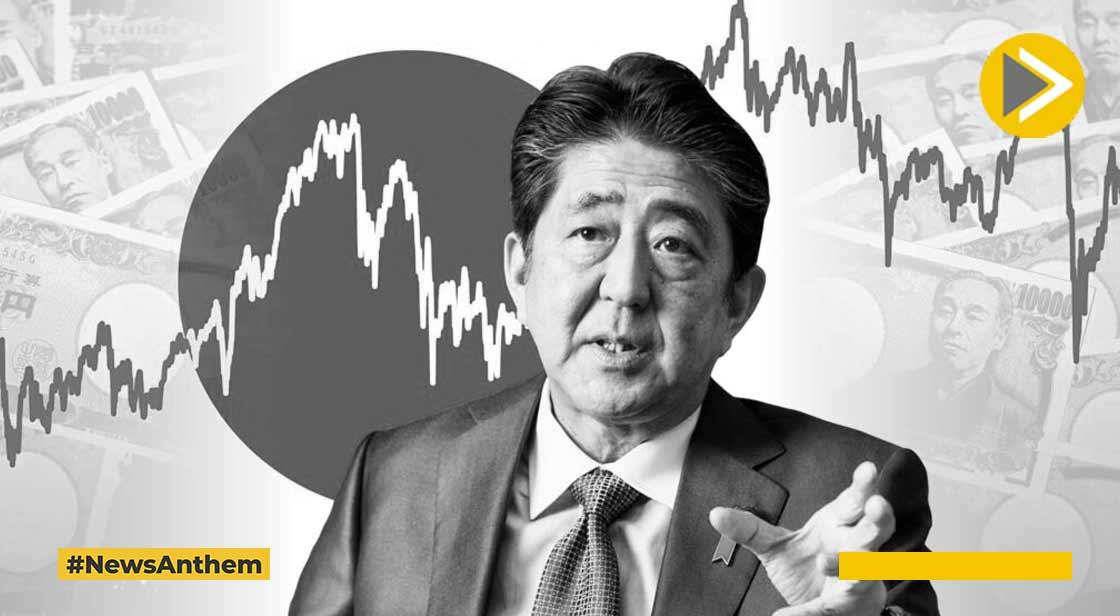Abenomics: Shinzo Abe's Plan to Revitalise Japan's Economy

News Synopsis
Former Japanese Prime Minister Shinzo Abe, who was assassinated on Friday, had hoped to transform the country's economy. He was the country's longest-serving prime minister, retiring in late summer of 2020. Perhaps the most visible policy of his presidency was "Abenomics," the economic programme that bears his name.
Although a slew of stimulus measures and major reforms helped to re-energize the world's third largest economy, they fell short of expectations. Mr. Abe took office in 2012, at a time when Japan was in a slump, and Abenomics was seen as aiding the country's recovery during his first term. However, his efforts to revive Japan's economy were thwarted when the country entered a recession in 2020. This, along with other hiccups, cast doubt on his strategy's efficacy.
Mr. Abe's signature economic programme was a set of policies he implemented beginning in 2012. His plan was to use the so-called three "arrows" of Abenomics to kick-start Japan's economy after two decades of stagnation:
Monetary policy: Japan's hyper-easy monetary policy of negative short-term interest rates was implemented to make it cheaper for consumers and businesses to borrow and spend money.
Fiscal stimulus refers to the government spending more money on things like infrastructure or providing financial incentives to businesses such as tax breaks.
Corporate reform, more women in the workforce, labour liberalisation, and allowing more migrants into the workforce are all structural reforms that will help ease labour pressures and contribute to economic growth.
You May Like









